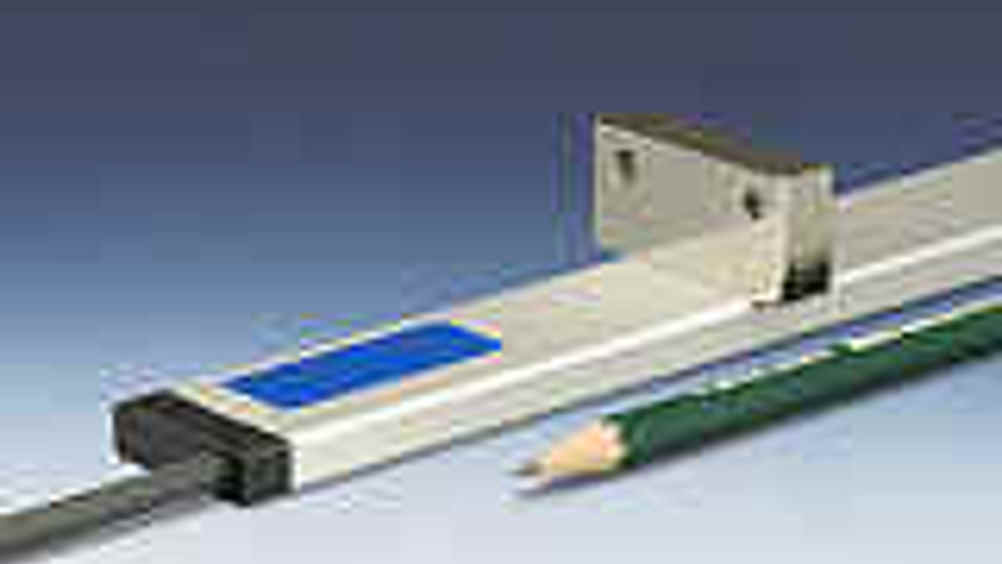Small sensors give big performance in restricted spaces
ASM has developed the world's thinnest Magnetostrictive sensors. The slim line PCFP25 is a non-contact linear position sensor that uses Magnetostrictive sensing technology specifically designed for use in hot and harsh environments where there is limited space; measuring just 8x28mm.

The PCFP25 has been designed to be maintenance free as well as highly resistant to shocks and vibration. Due to the very small profile of the sensors they can also be used for safety critical applications where two PCFP25 units can be mounted together, either vertically or horizontally to provide two totally independent redundant outputs.
This series of sensors offer a range of absolute analogue outputs of 0-10VDC and 4-20mA as well as CAN-bus versions and can be supplied in stroke lengths from 100mm to 5500mm in increments of 10mm
Elsewhere, the Okazaki Manufacturing Company (OMC) has developed the world's smallest sheathed thermocouple, which has an outside diameter equivalent to that of a human hair.
With a response time of less than 1ms, the new super-fine thermocouple has an outside diameter of just 0.08mm, again making it ideal for use in applications where space is restricted. The thermocouple can also be bent on installation without causing damage or loss of performance.
Sheathed thermocouples are used in a wide range of temperature sensing applications, including process manufacturing, petrochemicals, oil and gas, medical, academic institutions, semiconductor manufacturing, automotive R&D, aerospace and defence.
A sheathed thermocouple typically comprises a metal sheath with thermocouple elements inside that are tightly packed with mineral powder. The mineral powder insulates the thermocouple elements from one another and from the sheath. The smaller the diameter or mass of a sheathed thermocouple, the faster the thermal response time will be.
Chris Chant, business development manager, at OMC said: "We recently supplied thermocouples to a defence company, who installed the units in the exhaust manifold of a battle tank. We've also supplied similar units to automotive companies for the temperature profiling of diesel engines and for fuel cell research."










